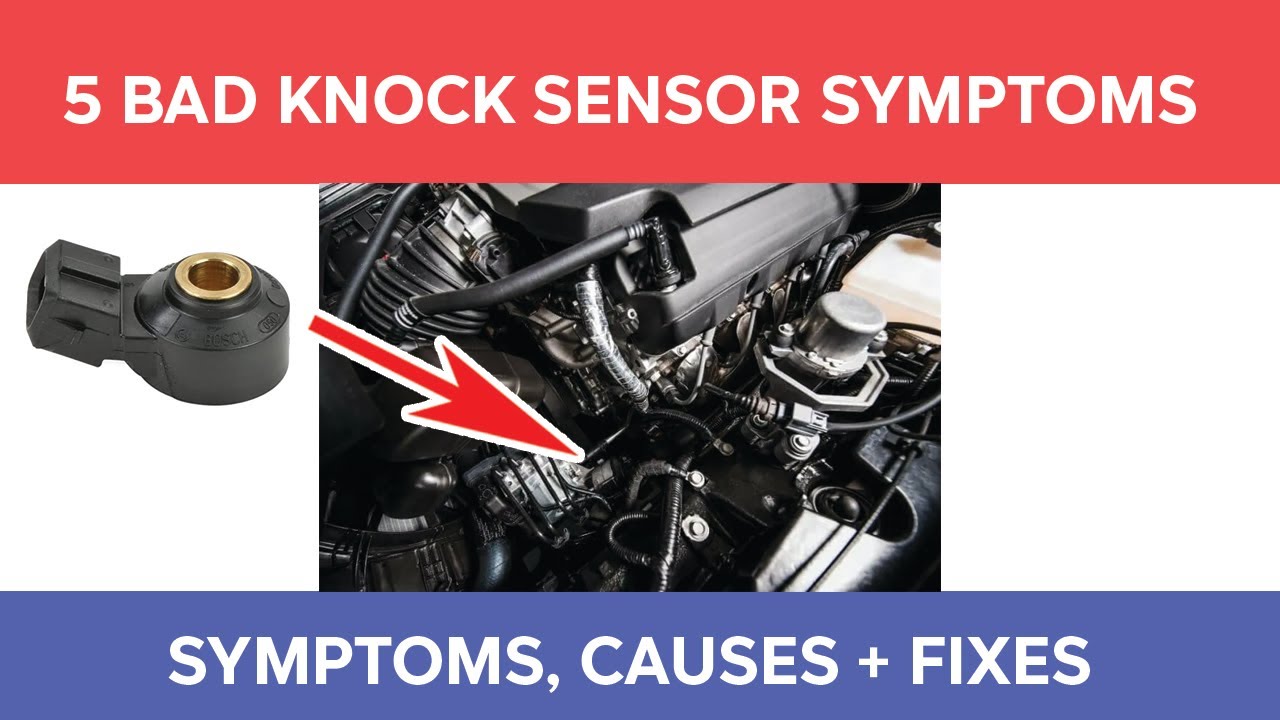Will A Bad Crankshaft Sensor Throw A Code

The crankshaft position sensor, or CKP sensor, is a vital component in modern internal combustion engines. Its primary function is to monitor the position and rotational speed of the crankshaft, providing critical data to the engine control unit (ECU). This information is essential for accurate ignition timing, fuel injection, and overall engine management. A malfunctioning CKP sensor can lead to a host of driveability issues, but the question remains: Will a bad crankshaft sensor always throw a code?
The Short Answer: Usually, But Not Always
In the vast majority of cases, a failing or failed crankshaft position sensor will indeed trigger a diagnostic trouble code (DTC) and illuminate the check engine light. The ECU is constantly monitoring the signals from the CKP sensor, comparing them to expected values. When the sensor's output deviates significantly or becomes erratic, the ECU recognizes a problem and stores a relevant code in its memory. Common DTCs associated with CKP sensor issues include P0335 (Crankshaft Position Sensor "A" Circuit Malfunction), P0336 (Crankshaft Position Sensor "A" Circuit Range/Performance), and similar codes indicating signal loss or intermittent signals.
However, there are scenarios where a CKP sensor can be faulty without immediately setting off a code. This is especially true in cases of intermittent or gradual degradation of the sensor's performance. For example, a CKP sensor might suffer from:
- Intermittent Signal Loss: The sensor momentarily loses signal, then recovers. The ECU might not register this as a hard fault immediately, especially if it happens infrequently.
- Signal Degradation: The sensor's output becomes weak or distorted, but still within a tolerable range for the ECU. This can lead to rough running or misfires, but without a specific code being logged.
- Mechanical Damage: A slight crack in the sensor housing, for instance, might affect its performance under certain temperature or vibration conditions, causing intermittent issues.
In these situations, the driver might experience symptoms like stalling, difficulty starting, rough idling, or a general lack of power. These symptoms can be frustrating to diagnose because they might mimic other engine problems, such as faulty ignition coils, fuel delivery issues, or vacuum leaks. A mechanic needs to consider a wide range of potential causes. Often, a more thorough diagnostic procedure is required, going beyond simply reading stored codes.
Diagnostic Procedures Beyond Code Reading
When troubleshooting potential CKP sensor problems without a code, several diagnostic steps are crucial:
- Visual Inspection: Carefully examine the sensor and its wiring for any signs of damage, corrosion, or loose connections.
- Oscilloscope Testing: Using an oscilloscope to monitor the CKP sensor's signal waveform can reveal subtle issues that a code reader might miss. A weak or distorted signal can indicate a failing sensor.
- Multimeter Testing: Check the sensor's resistance and voltage output using a multimeter, comparing the readings to the manufacturer's specifications.
- Crankshaft Endplay Check: Excessive crankshaft endplay can affect the sensor's air gap and signal accuracy. This requires specialized tools and knowledge.
Real-World Examples and Maintenance
Consider a common scenario: A 2010 Honda Civic is experiencing occasional stalling, especially when the engine is hot. The check engine light isn't on. A mechanic might start by checking for stored codes (even though the light isn't on) and then perform a visual inspection. Finding no obvious issues, they could use an oscilloscope to examine the CKP sensor's signal. If the signal is weak or dropping out intermittently, even without a code, replacing the CKP sensor is a logical next step. These sensors are relatively inexpensive (typically ranging from $50 to $150), and the labor to replace them is usually straightforward.
Preventative maintenance related to the CKP sensor is generally limited to ensuring proper wiring connections and protecting the sensor from excessive heat or vibration. Regularly inspecting the engine wiring harness and addressing any corrosion or damage can help prolong the sensor's life. Also, because many CKP sensors are near the harmonic balancer, ensuring the balancer is in good condition prevents excessive vibration which could damage the sensor.
Conclusion
While a bad crankshaft sensor will usually throw a code, it's important to remember that not every failure is immediately obvious. By understanding the sensor's function, the potential for intermittent issues, and the appropriate diagnostic procedures, both enthusiasts and professionals can effectively troubleshoot and resolve CKP sensor-related problems, even in the absence of a diagnostic trouble code. Early detection and replacement can prevent more severe engine damage and ensure reliable vehicle operation.
